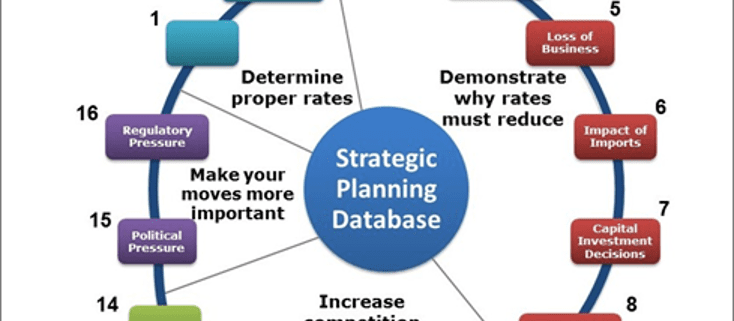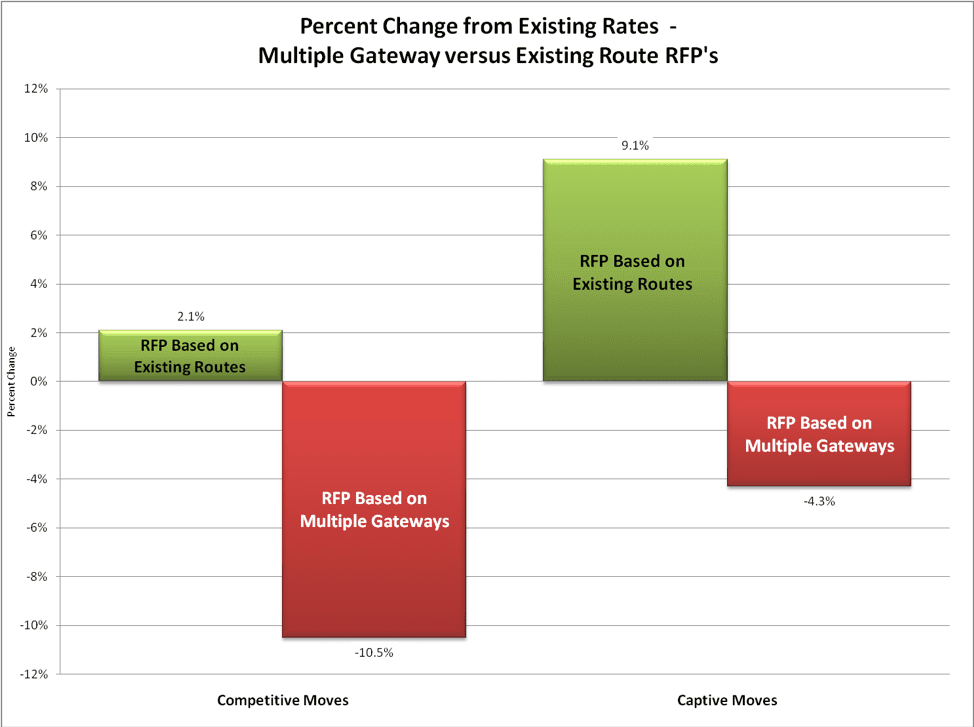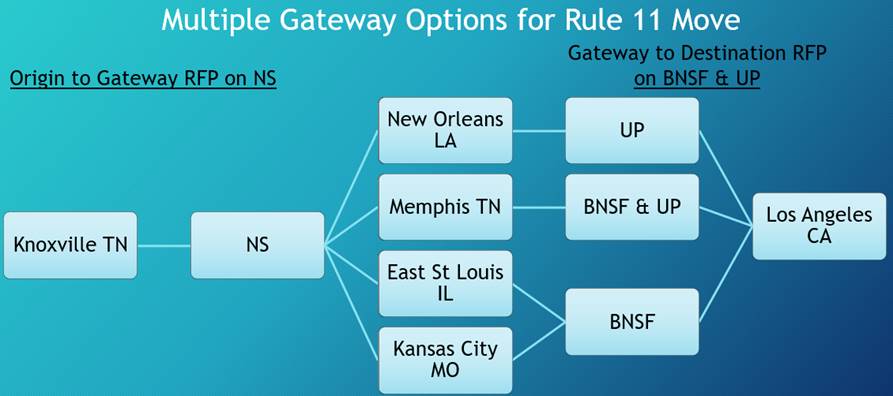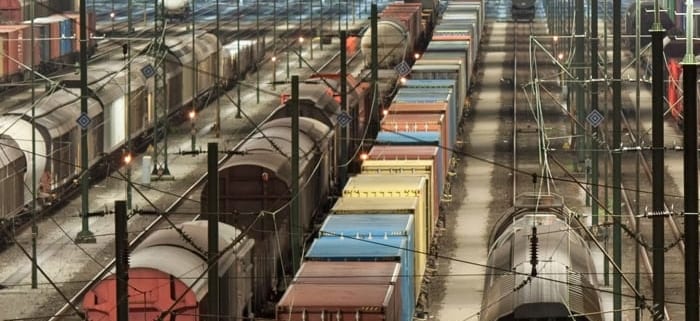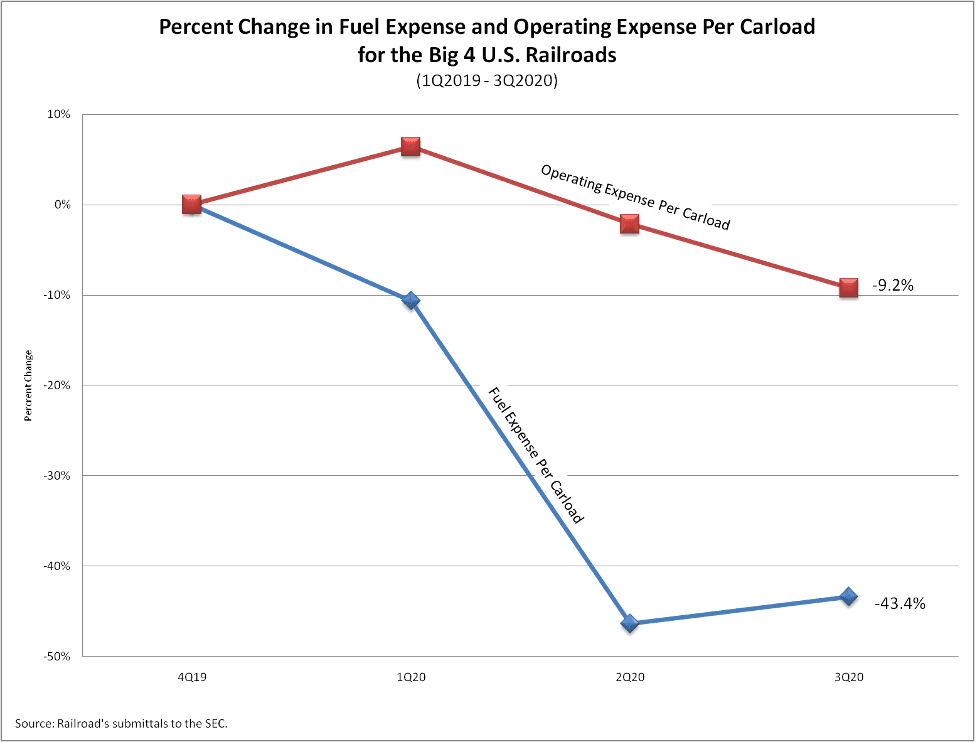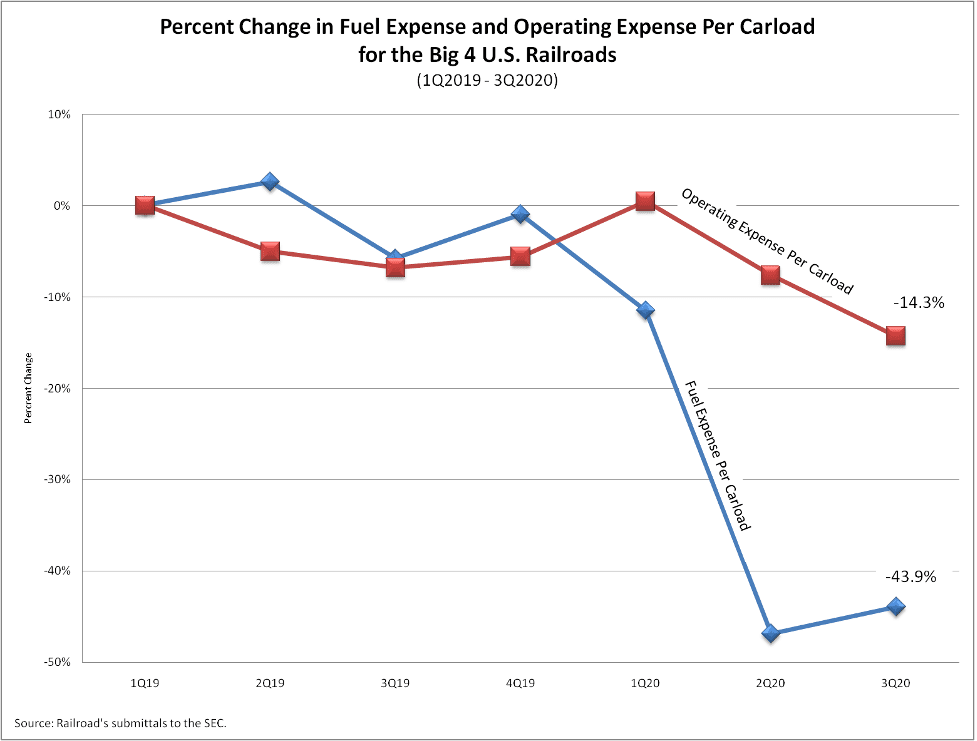Obtaining the Rail Cost Reductions that Shippers’ Management Needs
“If YOU don’t change what YOU do, it will be difficult to get railroads to change what THEY do.”
Escalation Consultants, Inc. is regularly involved in assisting shippers in reducing their cost of rail freight. Furthermore, we frequently receive inquiries from companies asking how they can best achieve the cost reductions that management is demanding. This article provides some direction for transportation and logistics departments looking to reduce rail costs for their rail movements.
To start out the process of reducing rail expenses, there are two basic issues to keep in mind in getting a better rate structure from railroads:
- You must do something different than what you are currently doing with … you guessed it… railroads! This is a pretty logical rule that people frequently try to ignore because of a resistance to change. To change your rate structure, you must change how you negotiate with railroads. If you don’t change what YOU do, it will be difficult to get railroads to change what THEY do.
- Every company has a unique situation. Therefore, the specific process for reducing rail expenses for one company, will be different from what is most effective at another. However, the analysis of fundamental issues to determine the best path to reducing and better controlling rail expenses, are similar.
A number of the fundament issues that need to be analyzed and incorporated as part of a negotiation strategy that will create different dynamics in a rail negotiation are included in the illustration below.
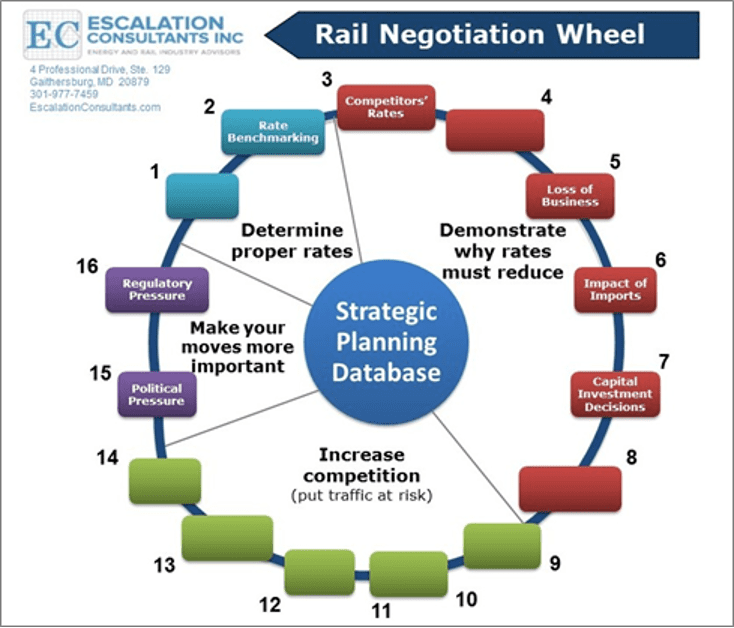
**Please note that many of the action items on the outside of the Rail Negotiation Wheel have been left blank. A review of ALL actions would be too large a topic for one article.**
These issues in the Rail Negotiation Wheel form the building blocks for strategic planning, designed to obtain better rates for rail movements.
Many things need to be considered in an effective rail negotiation. Not all of the issues that are analyzed, have the same objective. The Rail Negotiating Wheel demonstrates this. The outside of the Rail Negotiation Wheel has analysis that can be performed and actions that can be taken, and the results achieved are on the inside.
For example, when you benchmark your rates (Position 2 “P2” on the wheel), you determine reasonable rates for your movements. If this analysis shows that your rates are higher than competitors’ rates in a market (P3), then these rates must be reduced as they are putting you at a competitive disadvantage in the marketplace. The results in the middle of the wheel demonstrate why rates must be reduced.
When multiple issues on the outside of the wheel support the same result, this increases your leverage for obtaining better rates for your traffic.
For example, if your rates are higher than your competitors’ (P3), your negotiation position gets even stronger if your rates impact your business in the following ways:
- Loss of business to competitors’ (P5)
- Loss of business to imports (P6)
- Where you invest capital to maintain and increase capacity, and where you don’t invest capital (P7)
All of these types of issues demonstrate why rates must be reduced and increase a shippers’ leverage in negotiations with railroads. The more action items you can use to support your negotiation, the greater your chance of success in obtaining the rates you need for your traffic.
As a shipper, you have the strongest position when you can bring all of the items on the inside of the Rail Negotiation Wheel into your negotiation position with railroads. Those who have attended Escalation Consultants’: Rail Negotiation Seminar know that we are big on shippers developing their rail negotiation “Story.” The story contains a shippers’ position for why it needs rates at a specific level. It also needs to provide the reasons why a railroad should agree to those rates. The Rail Negotiation Wheel provides the roadmap for developing that story.
Effective negotiation positions address issues that support each of the results on the inside of the Rail Negotiation Wheel.
When shippers can demonstrate some or all of the following issues, they will have more effective negotiations with railroads.
- The rates you need
- Why you need these rates
- Why the railroads should give these rates to you
Make your moves more important to railroads.
When your moves become more important to railroads your chances of success increase dramatically (P15 & P16) . If you have the ear of people that are important to railroads, you become more important to railroads. This makes it imperative for a railroad to act promptly on your problems.
These are the types of issues that are analyzed and acted upon in strategic planning. When the Rail Negotiation Wheel is used effectively, a shipper has more productive negotiations with railroads. As a result, a shipper increases its potential for obtaining a rate structure that will keep it competitive in its markets.
Addressing the actions and results included in the Rail Negotiating Wheel is an important concept for every shipper to understand.
The success of a rail negotiation hinges on shippers obtaining the results on the inside of the Rail Negotiation Wheel. Using the leverage you obtain from the Rail Negotiation Wheel is especially important, due to the drop in bulk rail volumes and employment. These changes are providing shippers with significant leverage. Moreover, the Rail Negotiation Wheel helps shippers utilize this leverage in a proactive process for establishing reasonable rates for their movements.
Rail Cost Control (“RCC”) is a program developed by Escalation Consultants, Inc. to help shippers reduce rail expenses by managing costs and empowering negotiations. For more information about RCC and other related articles, visit the RCC Blog.”
